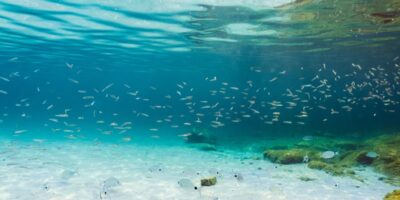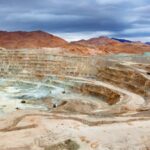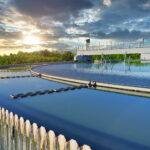Marine structures – such as piers, windmills and bridges – typically have a bad name when it comes to their effects on the environment. But did you know that their existence could impact marine environments positively too?
How?
Through the marine habitats that are formed when these structures act as artificial reefs underwater.
| Fact box: What are artificial reefs? |
| Artificial reefs are man-made, underwater structures built to promote marine life within a certain area. They provide hard surfaces where marine invertebrates, such as corals, crustaceans and oysters attach. Over time, other fish species will start visiting the area, improving the marine habitat. |
Benefits of purposeful artificial reefs
Artificial reefs help to:
- improve hydrodynamics for surfing
- reduce coastal erosion
- create jobs for people who depend on tourism for a living
- support the formation of new marine habitats underwater
How does the formation of new marine habitats benefit the environment?
Marine plants are the basis for stable coastal ecosystems. When formed around artificial reefs, they encourage a high diversity of other marine plants and fishes to set up home in the area.
This in turn increases the production of oxygen underwater and reduces oxygen deficiency in deeper areas. However, areas with these habitats have been on the decline.
Their decrease has reduced the quality of coastal ecosystems, and further loss of these habitats is a major concern in marine impact assessments.
Safeguarding and increasing the value of our natural capital
One way to improve the quality of our underwater environment is to actively re-establish eelgrass beds and reefs. Re-establishment of lost habitats can help recover good environmental status and thereby comply with national and international regulations. It can also help constructors balance out the negative effects of activities at sea and strengthen their environmental profile.
Since marine infrastructures have dual functions – used as originally intended, and also as habitats for marine life – we may be able to improve their ecological benefits if we take this into account during the design stage.
Using digital solutions to support decision-making
Hydrodynamics modelling plays a big part in deciding where and how to build a marine structure. Based on the modelling results, we are able to help quantify the positive impacts of having a marine structure built or placed at a given location.








